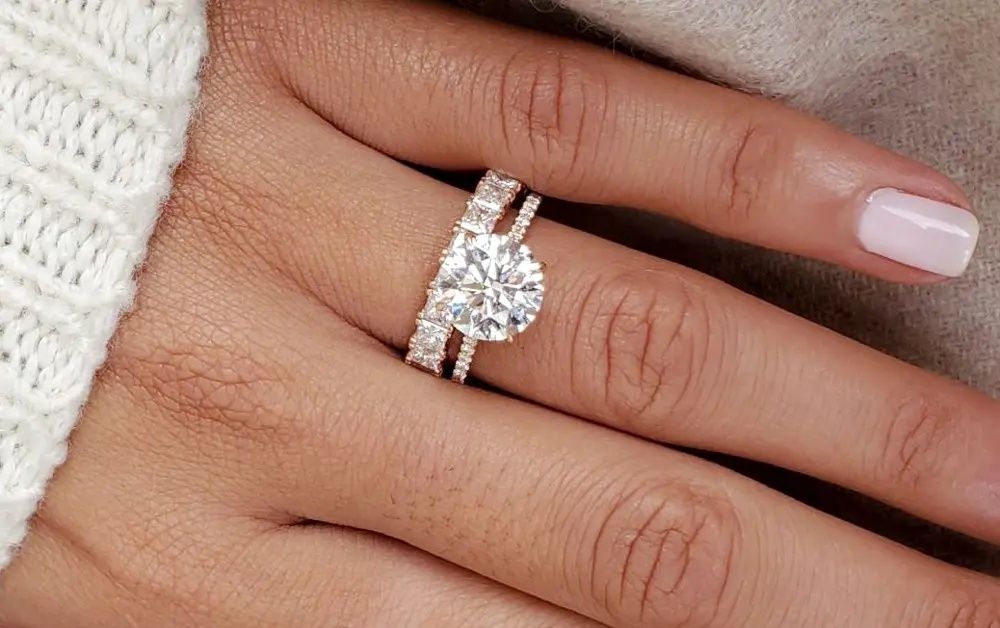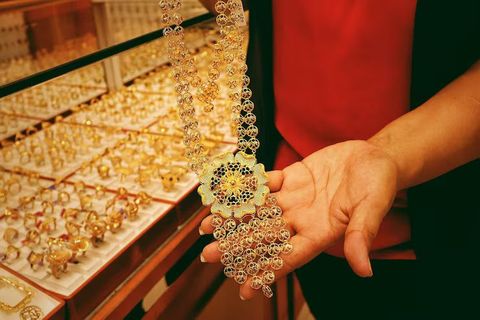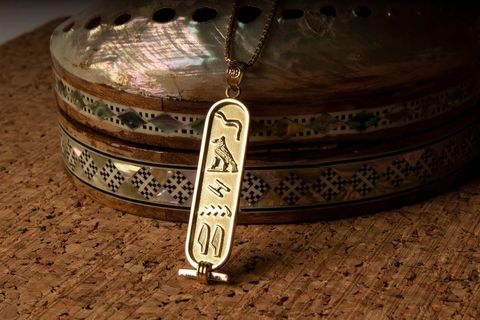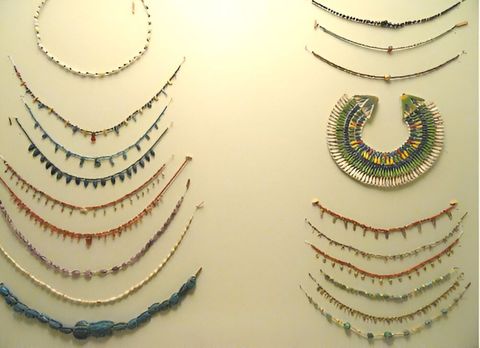Discover Everything About Lab Grown Diamond Rings: Tips, Facts, and Practical Advice
Lab grown diamond rings feature diamonds that are created in controlled laboratory environments rather than mined from the earth. These diamonds are produced using advanced technological methods that replicate the natural conditions under which diamonds form.
The two primary techniques used are High Pressure High Temperature (HPHT) and Chemical Vapor Deposition (CVD). Both methods yield diamonds that are chemically, physically, and optically identical to natural diamonds.

Why Lab Grown Diamond Rings Matter Today
The growing interest in lab grown diamond rings reflects a shift towards more ethical and sustainable choices in the jewelry industry. Traditional diamond mining can have significant environmental and social impacts, including habitat destruction and human rights concerns. Lab grown diamonds offer a conflict-free alternative, produced without the negative consequences associated with mining. Additionally, they often come at a more accessible price point, allowing consumers to purchase larger or higher-quality stones within their budget.
Recent Developments in Lab Grown Diamond Rings
In recent years, the lab grown diamond market has experienced significant growth. As of October 2025, the Gemological Institute of America (GIA) announced a shift in its grading system for lab grown diamonds. Moving away from the traditional 4Cs (cut, color, clarity, and carat weight), the GIA now categorizes these diamonds as 'premium' or 'standard.' This change aims to simplify the grading process and better reflect the characteristics of lab grown diamonds.
Moreover, the global lab grown diamond market is projected to reach $100 billion by 2032, indicating a strong and sustained demand for these products.
Regulations and Policies Affecting Lab Grown Diamond Rings
In India, the lab grown diamond industry operates under a self-regulatory framework. The Gem & Jewelry Export Promotion Council (GJEPC) oversees the sector, ensuring standards are maintained. Additionally, organizations like the Gemological Institute of America (GIA), International Gemological Institute (IGI), and Bureau of Indian Standards (BIS) play crucial roles in certifying and regulating lab grown diamonds in India.
Lab grown diamonds must be labeled as 'synthetic,' and their production method—either HPHT or CVD—must be specified. This labeling ensures transparency and helps consumers make informed decisions.
Tools and Resources for Lab Grown Diamond Rings
For those interested in exploring lab grown diamond rings, several resources can aid in the selection process:
-
4Cs Grading: Understanding the 4Cs—cut, color, clarity, and carat weight—is essential when evaluating diamonds. While the GIA has shifted to a 'premium' or 'standard' classification for lab grown diamonds, knowledge of these factors remains valuable.
-
Certification Bodies: Look for diamonds certified by reputable organizations like the GIA, IGI, or BIS. Certification ensures the diamond's quality and authenticity.
-
Jewelry Retailers: Many jewelers offer a range of lab grown diamond rings. Visiting multiple retailers can provide a sense of the styles and quality available.
-
Online Platforms: Websites dedicated to lab grown diamonds can offer detailed information, comparison tools, and reviews to assist in making an informed choice.
Frequently Asked Questions
1. Are lab grown diamonds real diamonds?
Yes, lab grown diamonds are real diamonds. They have the same physical, chemical, and optical properties as natural diamonds.
2. How do lab grown diamonds differ from natural diamonds?
The primary difference lies in their origin. Lab grown diamonds are created in laboratories using advanced technology, while natural diamonds are formed over millions of years beneath the earth's surface.
3. Are lab grown diamonds more affordable than natural diamonds?
Generally, yes. Lab grown diamonds often cost less than natural diamonds due to the absence of mining and associated costs.
4. Can lab grown diamonds be distinguished from natural diamonds?
Without specialized equipment, lab grown diamonds are virtually indistinguishable from natural diamonds. They exhibit the same brilliance and fire.
5. Are lab grown diamonds environmentally friendly?
Lab grown diamonds typically have a lower environmental impact compared to mined diamonds, as they do not involve large-scale mining operations.
Conclusion
Lab grown diamond rings represent a modern choice for consumers seeking beauty, ethics, and value. With advancements in technology and growing market acceptance, these diamonds offer a compelling alternative to traditional mined diamonds. By understanding their origins, benefits, and the regulatory landscape, consumers can make informed decisions that align with their values and preferences.





